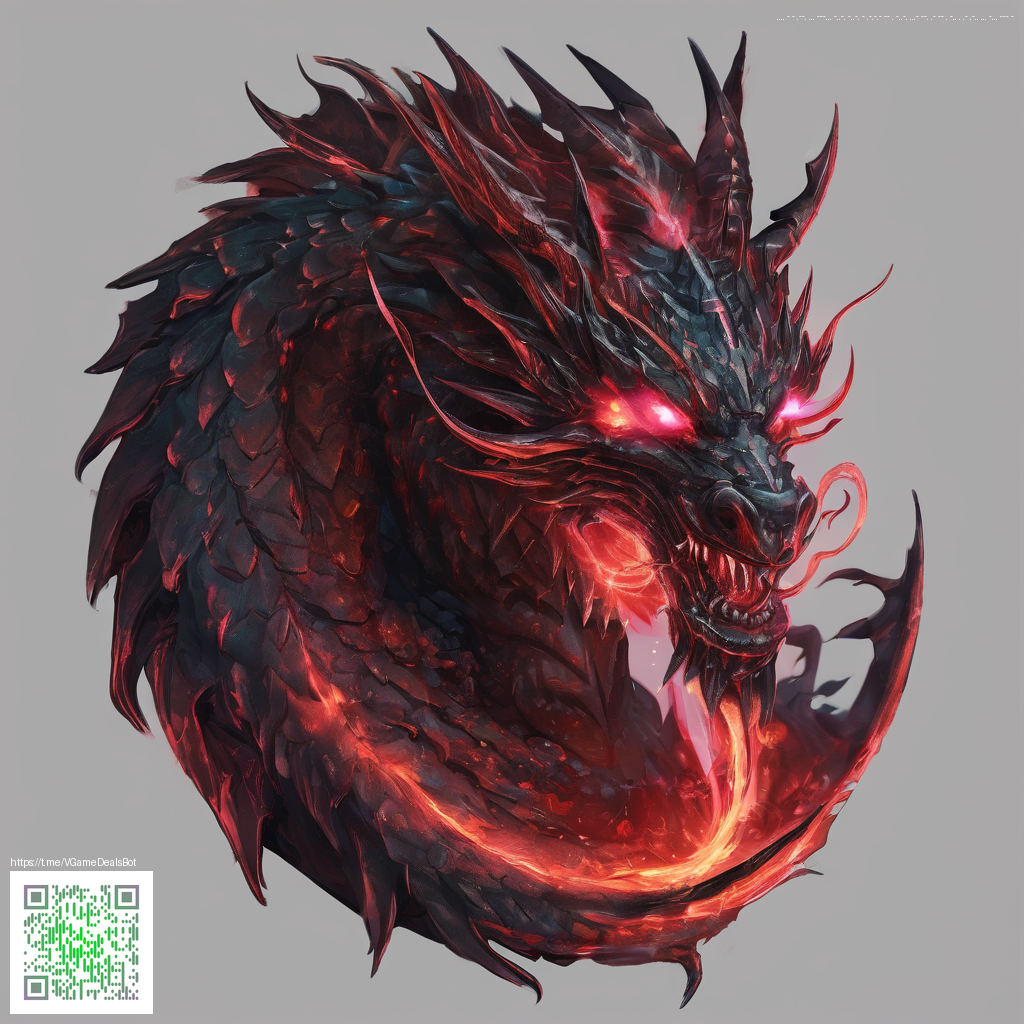
How AI Tools Create Stunning Digital Paper Patterns
Digital paper patterns have moved far beyond simple repeating tiles. Today, AI-powered design tools empower artists to generate intricate motifs, experiment with color harmonies, and produce seamless tiling options at a speed that used to be unimaginable. The result is a broader palette for scrapbooking, packaging, wallpaper, and textile design—without sacrificing control. In this evolving space, designers begin with a concept, let the AI explore countless variations, and then selectively curate the outcomes that align with a brand’s voice or a personal aesthetic.
From seed ideas to scalable patterns
A typical AI-assisted workflow starts with a seed idea—an abstract motif, a texture, or a photograph. Generative models analyze thousands of patterns, distill recurring elements, and propose a family of motifs that share a common rhythm. The next step is seamless tiling, where the software ensures that edges align perfectly when the pattern repeats. This is crucial for digital papers intended for large-format prints or textile repeats, where even a tiny misalignment can disrupt the visual narrative. Designers can constrain the output with rules for scale, density, and motif variation, guiding the AI toward cohesive results rather than a random collage of shapes.
“The strength of AI in pattern design lies in collaboration—machines propose possibilities, while humans steer them toward intention and meaning.”
Color language and material realities
Color plays a pivotal role in digital paper patterns. AI tools can generate palettes that adapt to light-dark contrast, ensure accessibility, and harmonize with brand guidelines. Some platforms even simulate how a color reads on different substrates—paper, foil, fabric, or plastic—so designers can anticipate how a pattern will behave in the final medium. This bridge between digital and physical reality is especially valuable for product designers who translate digital prints onto tangible objects, where scale, gloss, and finishing affect perception. For instance, when you imagine applying a digital pattern to a physical product, considerations like surface texture and material rigidity become part of the design conversation—and AI can help model those constraints early in the process.
Workflow essentials for modern pattern creators
- Seed strategy: Start with a core motif or texture, then generate a family of variations that share a recognizable DNA.
- Seamless tiling: Use algorithms that guarantee flawless repeats at multiple scales for both print and digital use.
- Vector exports: Prefer vector-based outputs (SVG, AI, or EPS) for crisp scaling and easier editing.
- Color management: Apply color theory rules and test palettes against different substrates and lighting scenarios.
- Style curation: Maintain a consistent voice by ranking results according to rhythm, density, and motif fidelity.
- Iteration loops: Build rapid feedback cycles—adjust prompts, re-roll variations, and compare outcomes side by side.
For designers who work on consumer goods, the linkage between digital patterns and physical outcomes matters. If you’re exploring a project like a protective case or a printed accessory, consider how the physical form shapes pattern behavior. A real-world example, accessible here: Slim Glossy Phone Case for iPhone 16 — Lexan Polycarbonate. Observing how a glossy surface interacts with print reveals opportunities to tailor patterns for reflectivity and fidelity.
Intuition meets automation: choosing the right tool
Not all AI tools are created equal. Some excel at creative exploration and generate a wide variety of motifs quickly, while others focus on precise technical control over repeated patterns and export formats. A savvy designer blends both kinds of tools: one for broad inspiration and another for fine-tuning motifs, colorways, and tiling to production-ready states. The key is to keep a human-in-the-loop approach—AI handles breadth and speed, while you apply judgment, storytelling, and market sensibility.
Practical tips for getting started
- Set clear constraints on repetition, scale, and color limits at the outset to guide the AI toward useful results.
- Experiment with generative prompts that combine geometric shapes with organic textures to create versatile patterns.
- Always test patterns at the intended print size to catch issues that might not appear on screen.
- Document your prompts and selections so you can reproduce or adjust later in a production workflow.
- Consider accessibility—contrast and legibility of repeating motifs matter for backgrounds and packaging.
As AI tools mature, the line between algorithmic generation and deliberate artistry continues to blur. Designers can leverage this synergy to craft digital paper collections that feel both fresh and intentional, then translate them into compelling physical products—like cases, packaging wraps, or wall coverings—that resonate with audiences thirsty for novelty and high-quality craft.